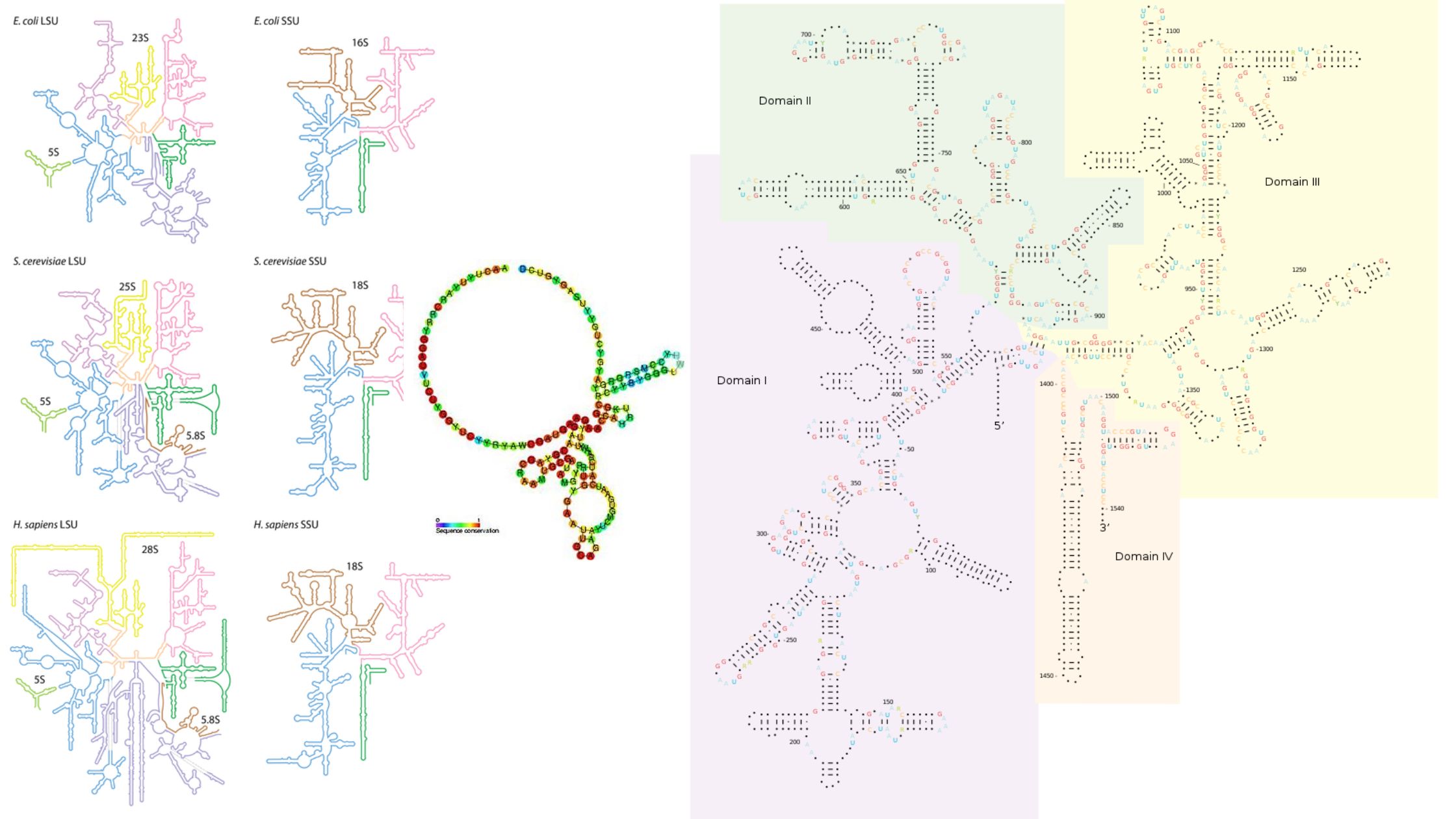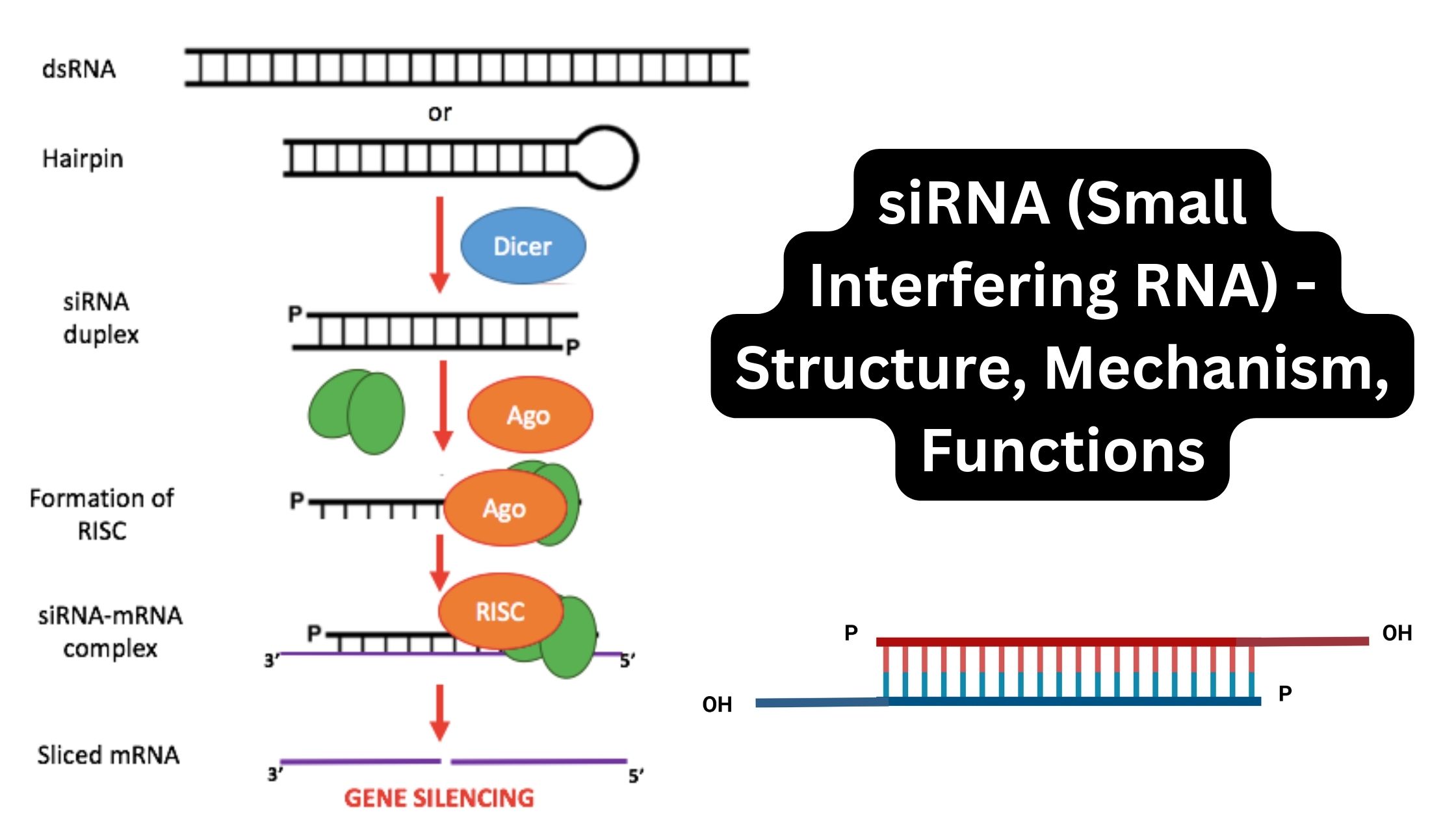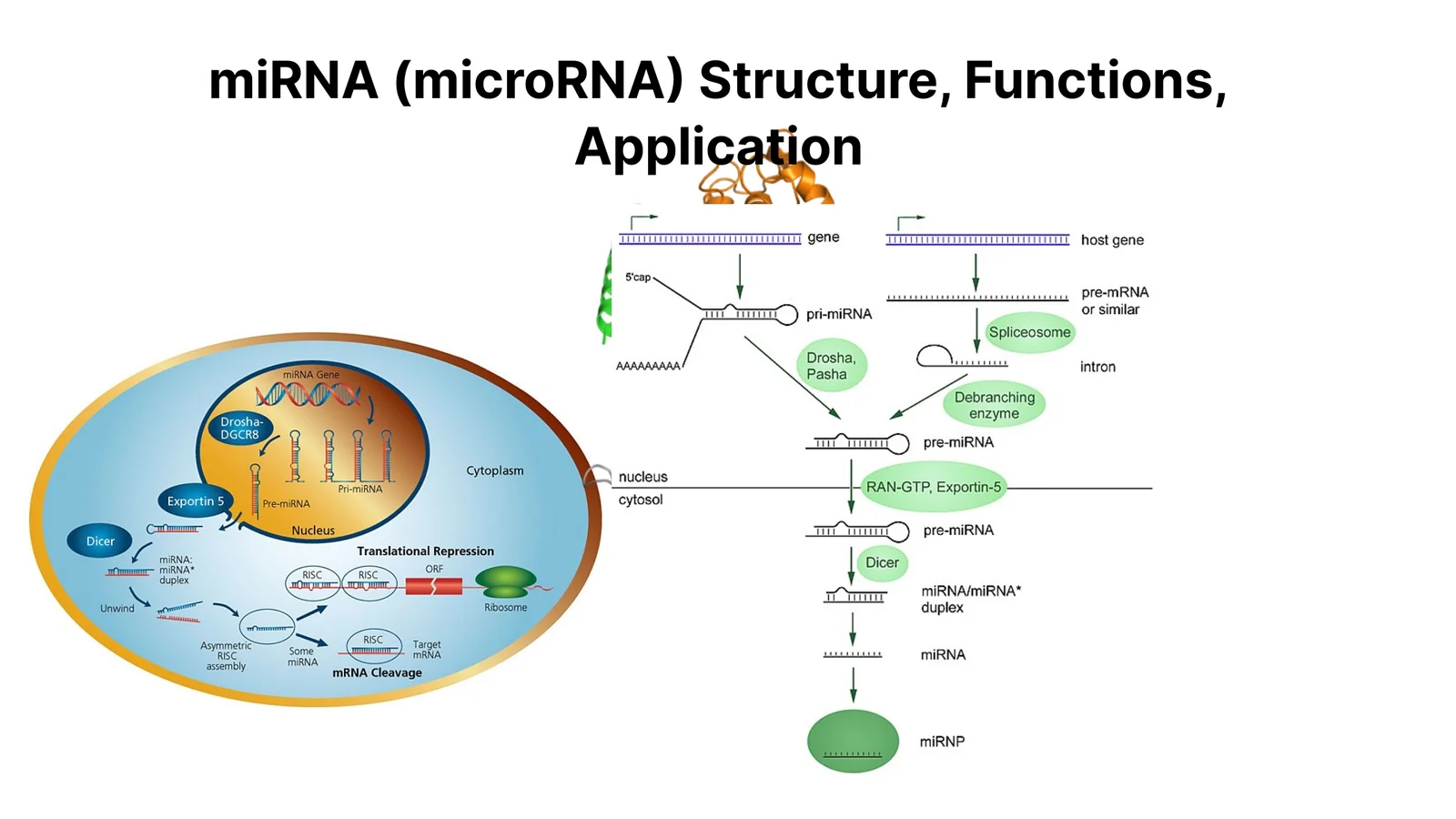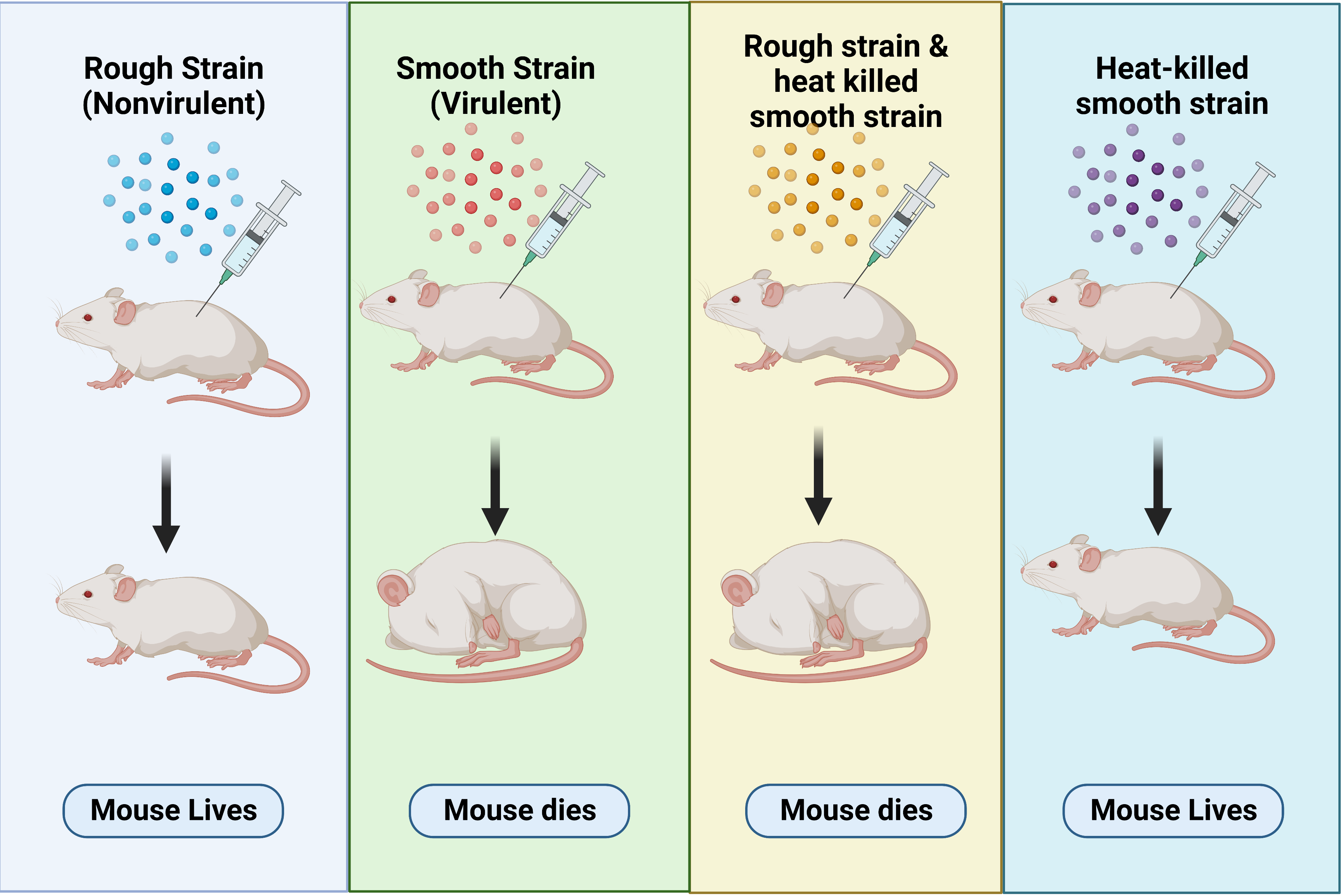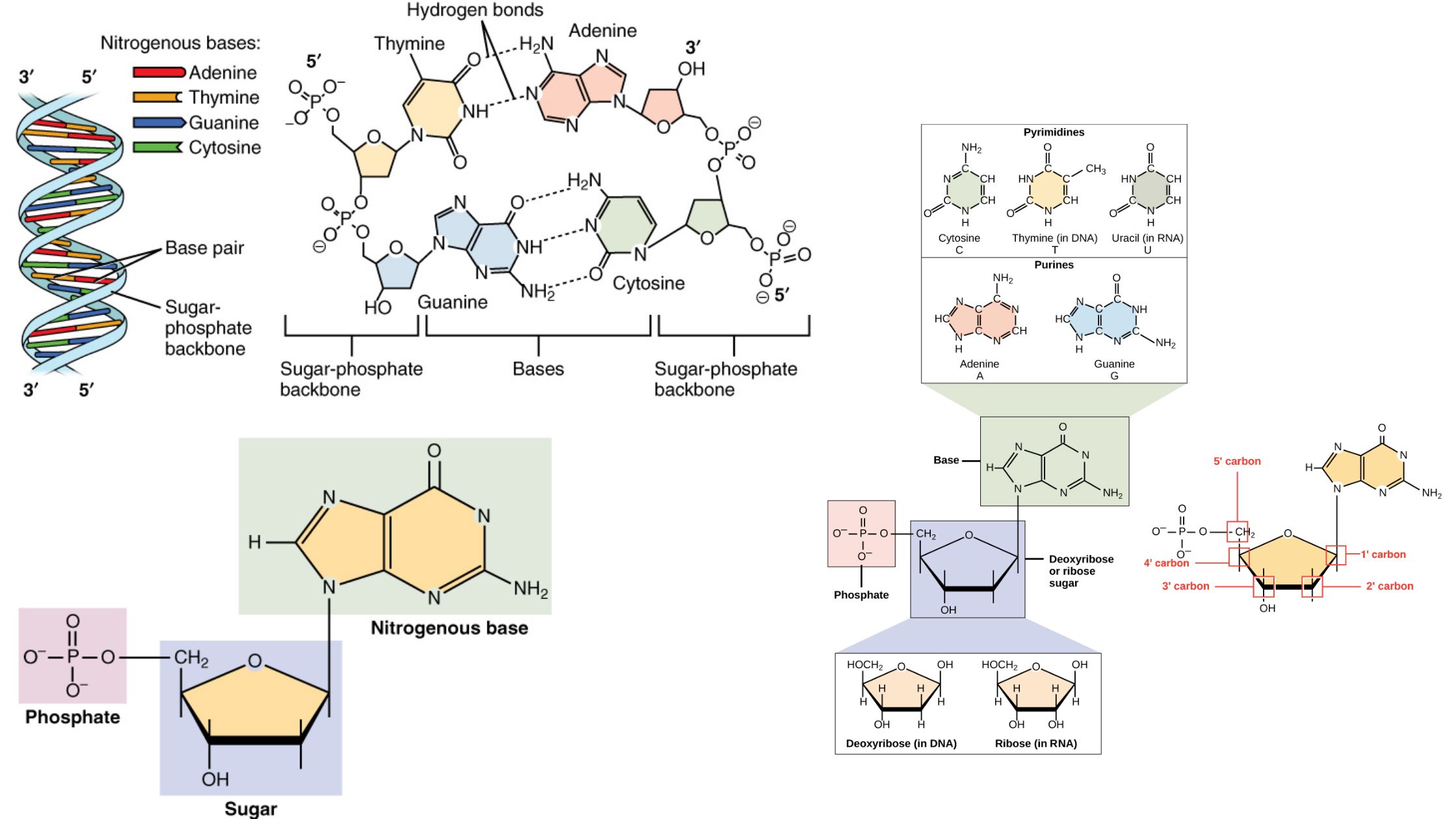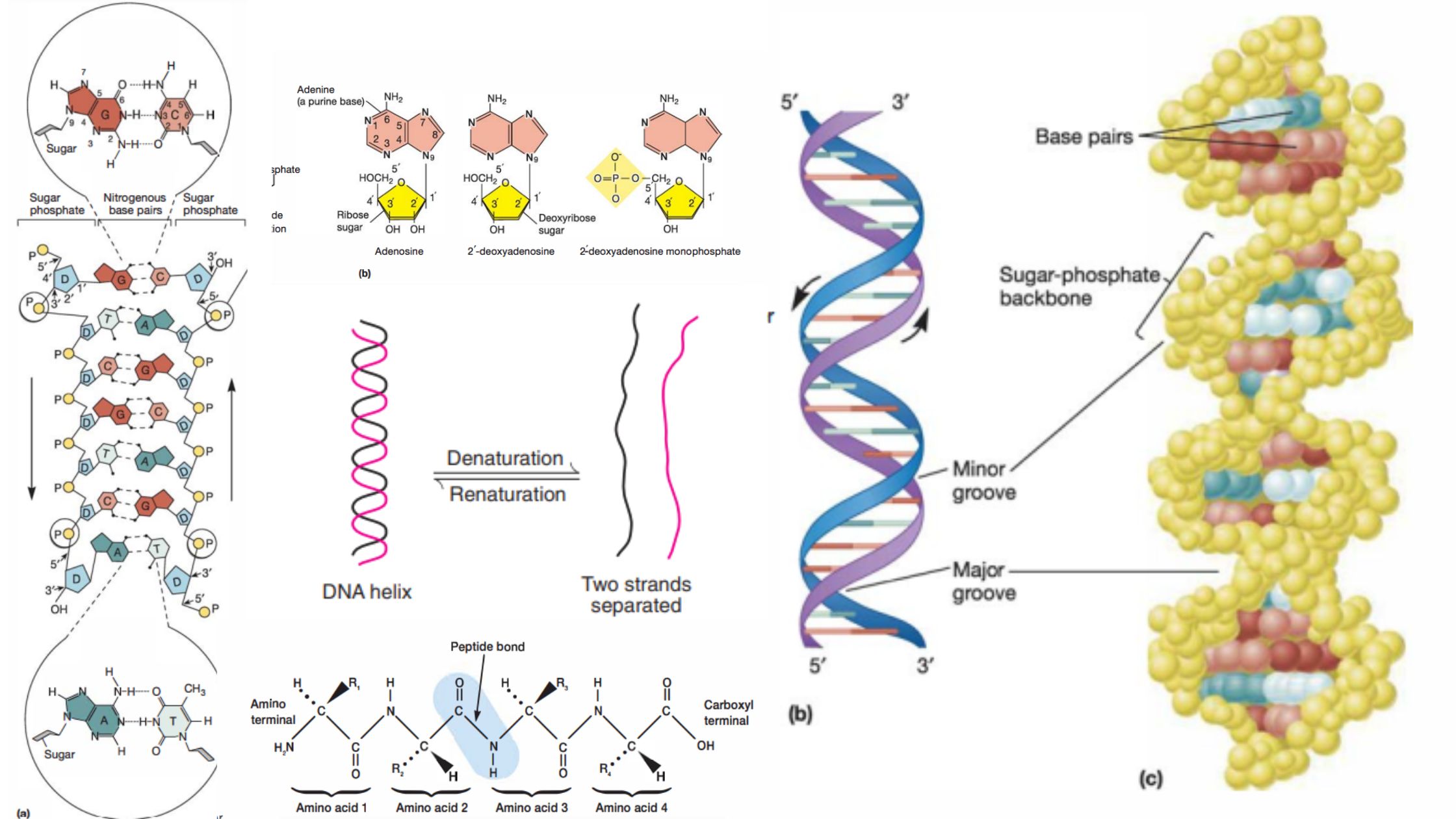rRNA – Structure, Definition, Types, Functions
What is Ribosomal RNA (rRNA)? Discovery of Ribosomal RNA Structure of rRNA Detail Structure of rRNA 5S ribosomal RNA 5S ribosomal RNA Structure Location within the ribosome Functions of 5s rRNA 23S ribosomal RNA Structure 23S rRNA Functions 16S ribosomal RNA Structure Functions of 16S ribosomal RNA 28S ribosomal RNA Structure Functions 18S ribosomal RNA … Read more
